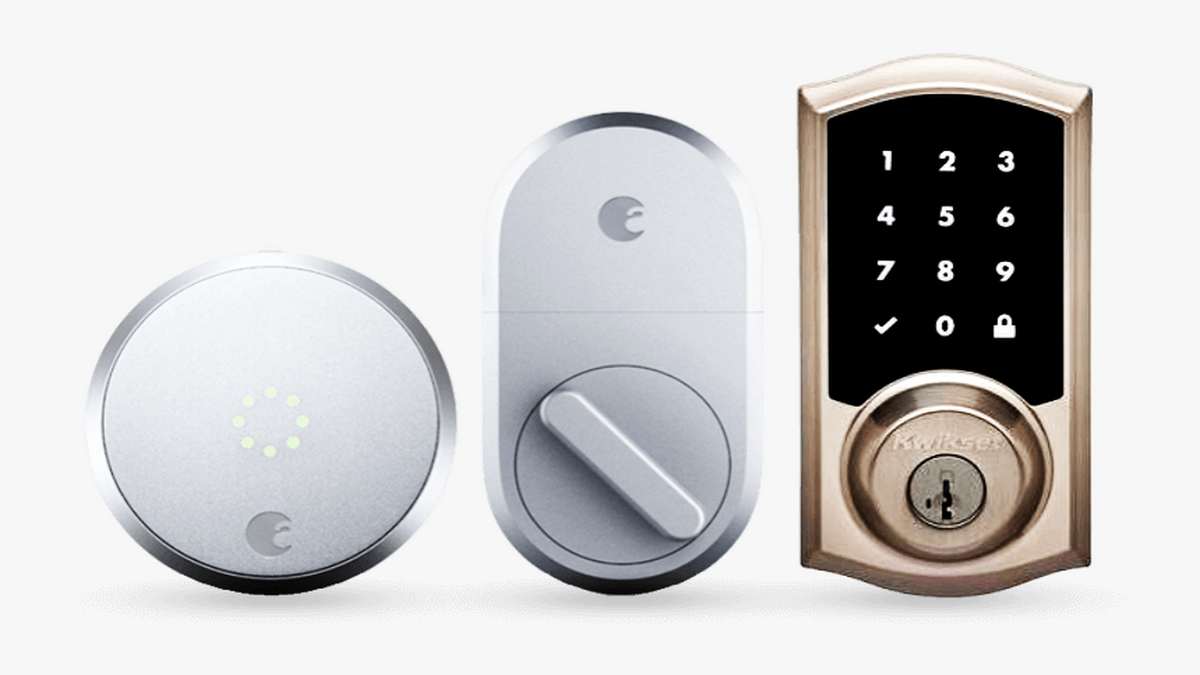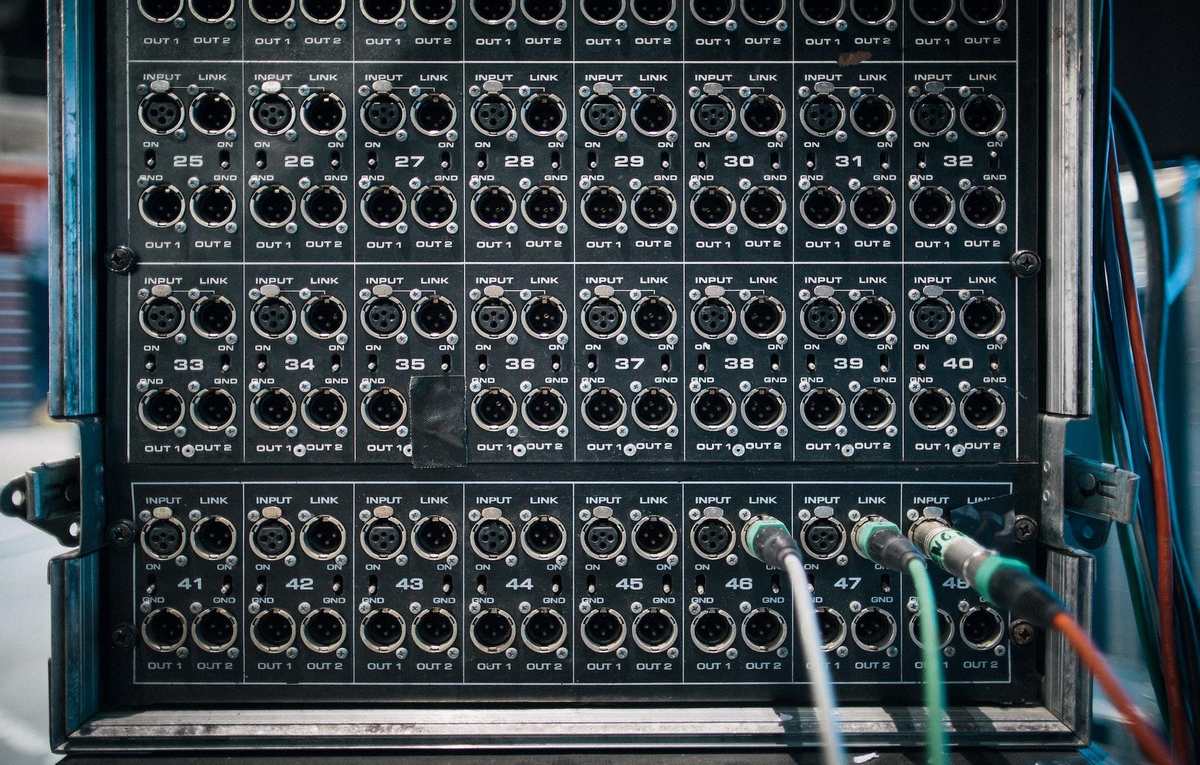
The locksmith industry is constantly adapting to ever-changing technology. From biometric scanning to card-based access systems, locksmiths have been able to provide customers with more secure and efficient solutions. In addition, the development of smart locks has made it possible for locksmiths to remotely monitor and control access to buildings, thus allowing for greater flexibility and security. Furthermore, the advent of wireless technology has enabled locksmiths to provide customers with advanced keyless entry systems and even cloud-based security solutions.
Keypad Locks
Keypad locks are the simplest and most basic type of electronic lock. They work by requiring the user to enter a code on a keypad in order to unlock the door. This type of lock is often used for residential homes and small businesses and can be programmed with a variety of codes for different users. Keypad locks are also easy to install and can be upgraded with additional features such as automatic locking and emergency lock override.
One advantage of keypad locks is their convenience. They eliminate the need for physical keys, making it easier for multiple people to enter a building without the need for multiple copies of a key. Keypad locks also offer increased security as the codes can be changed regularly, making it difficult for unauthorized individuals to gain access.
Smart Locks
Smart locks are the most advanced type of electronic lock and offer the greatest level of convenience and flexibility. They are controlled through a smartphone app and can be locked or unlocked remotely from anywhere in the world. Smart locks also offer additional features such as automatic locking, keyless entry, and the ability to grant access to guests or service providers.
Smart locks use Bluetooth or Wi-Fi technology to communicate with your smartphone, making it possible to control your lock from anywhere with an internet connection. Some smart locks also have voice control capabilities, allowing you to lock or unlock your door with voice commands.
One of the biggest advantages of smart locks is their increased security. They can be programmed to lock automatically when you leave the building and unlock when you approach, reducing the risk of theft or break-ins. Smart locks also have the ability to send notifications to your smartphone when someone enters or exits the building, allowing you to monitor your property even when you’re not there.
Biometric Locks
Biometric locks use a person’s unique physical characteristics, such as their fingerprints, to unlock the door. This type of lock is highly secure and convenient as it eliminates the need for a physical key or code. Biometric locks can store multiple fingerprints, allowing multiple people to access a building without the need for multiple keys.
Biometric locks use highly sophisticated technology to scan and recognize a person’s fingerprints. The lock’s database can be programmed to store the fingerprints of authorized individuals, making it difficult for unauthorized individuals to gain access. Biometric locks are also easy to install and can be integrated with other security systems, such as security cameras, to provide an even greater level of security.
Magnetic Strip Locks
Magnetic strip locks use a magnetic strip card, similar to a credit card, to unlock the door. This type of lock is commonly used in hotels, office buildings, and apartment buildings. Magnetic strip locks are convenient as they eliminate the need for a physical key and can be programmed to grant access to specific individuals.
One advantage of magnetic strip locks is their ease of use. The magnetic strip cards can be easily carried in a wallet or purse, making it convenient for people to enter and exit the building. Magnetic strip locks are also easy to install and can be integrated with other security systems, such as security cameras, to provide an even greater level of security.
Radio Frequency Identification (RFID) Locks
RFID locks use a small, wireless tag, often in the form of a key fob or card, that contains a unique identification code. When the tag is brought close to the lock, the lock’s RFID reader detects the signal from the tag and reads the identification code. If the code matches the code programmed into the lock, the lock will unlock and allow access.
RFID locks are convenient because they do not require a physical key and can be programmed to allow access to multiple users, each with its own unique tag or code. They can also be programmed to restrict access to specific times or dates, making them useful for managing access to secure areas or managing access to shared spaces.
In addition to their convenience, RFID locks also offer improved security compared to traditional locks. RFID tags can be programmed to work with only one lock, and they can be deactivated if they are lost or stolen, ensuring that unauthorized access is not possible. Some RFID locks also include backup mechanical keys, allowing access in case of power failure or other issues with the electronic components.
Final Thoughts
If you plan on installing an electric locking system in your home or office, it is highly recommended to contact a professional locksmith to discuss the best system for you. When choosing an electronic lock, it’s important to consider your specific needs and choose a system that meets those needs. Visit locksmithslocator.com to find a professional near you. Whether you prefer a keypad lock, a smart lock, a biometric lock, a magnetic strip lock, or an RFID lock, there is an electronic lock system available that is perfect for you.


![✔ Xiaomi Mi 10T Lite Opinions [2021]](https://techunwrapped.com/wp-content/uploads/2021/01/1115-xiaomi-mi10t-lite.jpg)
